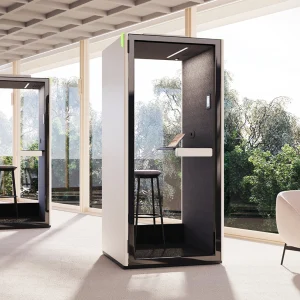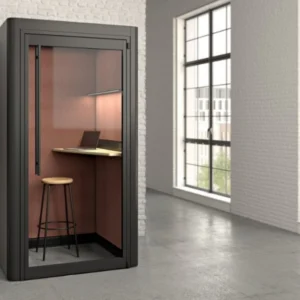KTH Architects from Dubois, PA designed the building, under the leadership of Sr. Project Manager Darryl John of the Capital Improvements Authority, which supervised the design and construction of the project. Spanning 93,000 square feet, the design was developed using community surveys and meetings. The design of the facility integrates Seneca culture throughout. It features curving walls emulating the Allegany territory’s rolling hills and also incorporates eight Seneca Clans and other features.
With a capacity to accommodate more than 3,000 people, the Allegany Community Center includes a swimming pool, full gym and an indoor lacrosse arena. The Entryway at the centre is designed as a community gathering place, with soft seating and free Wi-Fi. Competition-sized swimming and therapy pools are featured indoors. A wood-floor gymnasium is also featured that separates into two smaller gyms along with an elevated walking track overlooking the gym.
The lacrosse arena is brightly illuminated and can accommodate more than 750 people. Luxury box seats with coffee bar designated as ‘elder seating’ are featured in the arena, with high-end finishes and movie-theater seats. Commercial concession areas are also included with kitchens and multipurpose rooms. These rooms can be divided into two rooms so that more than one group can utilise the room at a time.
The space also features fully equipped fitness rooms with cardio and weightlifting equipment; a small studio for dance, yoga, or spinning classes; and a colourful room designated for youth recreation.
The Allegany Community Center is the first of the two ‘green’ buildings that will be Leadership in Energy and Environmental Design (LEED) Silver-certified. The design team used recycled materials, regional building products and ultra-high efficient equipment to construct the facility, which is located on the site of the former Nation government complex. Green principles will be carried over to the general building operations too.
Construction for the facility began in 2009. The facility was constructed in collaboration with the Seneca Nation leadership, Capital Improvements Authority, and Seneca Construction Management Corporation.





